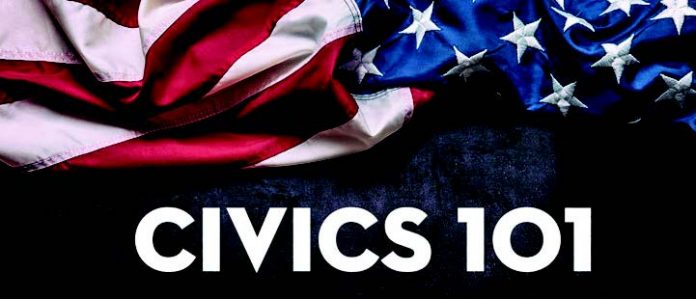A filibuster is a political procedure where one or more members of Congress debate over a proposed piece of legislation to delay or entirely prevent a decision from being made on the proposal.
How did the filibuster come about? In 1841 the Democratic minority attempted to run out the clock on a bill to establish a national bank. Frustrated, Whig Senator Henry Clay threatened to change Senate rules to limit debate. Clay’s proposal prompted others to warn of even longer filibusters to prevent any change to the rules.
What is the filibuster rule? The cloture rule–Rule 22–is the only formal procedure that Senate rules provide for breaking a filibuster. A filibuster is an attempt to block or delay Senate action on a bill or other matter. Under cloture, the Senate may limit consideration of a pending matter to 30 additional hours of debate.
What is the longest filibuster in history? On August 28, 1957, United States Senator Strom Thurmond of South Carolina began a filibuster intended to stop the passage of the Civil Rights Act of 1957. The filibuster drew to a close after 24 hours and 18 minutes at 9:12 p.m. on August 29, making it the longest filibuster ever conducted in the Senate to this day. Thurmond was congratulated by Wayne Morse, the previous record holder, who spoke for 22 hours and 26 minutes in 1953. It should be noted, that the filibuster failed to prevent the passage of the bill, and further failed to change the vote whatsoever. The bill passed less than two hours after Thurmond finished speaking.
Now let me apply the filibuster issue to what’s happening with politics in America now. During a town hall meeting in Cincinnati, Ohio on July 21st, President Biden rejected the idea of eliminating the filibuster. He asserted that doing so would “throw the entire Congress into chaos, and nothing would get done.”
He was in Cincinnati at a town hall Wednesday night and his desire to preserve the filibuster, with some reforms, came despite prodding from CNN host Don Lemon about the role of the filibuster installing civil rights legislation, and amid clear support among the audience for eliminating it.
When a first-year law student asked about eliminating the filibuster, which has meant in modern times that most legislation needs 60 votes to end debate and move forward, the audience cheered. While some Democrats have said eliminating the filibuster is the only way to pass voting rights, the President suggested that he wants and believes he can get a broader coalition.
The President pushed the Senate to move forward with voting rights legislation and not get “wrapped up whether this is all about the filibuster.”
This was President Biden’s second town hall since taking office. The town hall came, as President Biden marks six months in office.
When asked if he thinks protecting the filibuster is more important than protecting voting rights, President Biden responded, “No, it’s not.” But the President said he doesn’t want to throw Congress into “chaos” by changing the rules.
“What I don’t want to do is get wrapped up around whether this is all about the filibuster,” the President said of the Senate blocking S.1. “You will throw the entire Congress into chaos, and nothing will get done,” the president added about eliminating the filibuster. Mr. Biden said he thinks voting rights reforms can happen, but he wants to bring Republicans along, too.
Anyone who would like to see what a filibuster looks like in action and find watching C-Span I and II boring, I suggest you watch an old black and white movie that stars actor Jimmy Stewart. The name of the movie is “Mr. Smith Goes to Washington.” It was made in 1939, the year my mother was born. This movie will give you a really clear picture of how a filibuster works. Then, keep watching what’s happening in our nation’s capital in real-time. Wait and see if the filibuster remains something that lawmakers can do as they try to make their point on the floor of the House of Congress or Senate.
We’ll keep you updated in the SCOOP on the filibuster question and the voting rights bill. Stay tuned.
What the heck is a Filibuster?
Reading Time: 3 minutes


